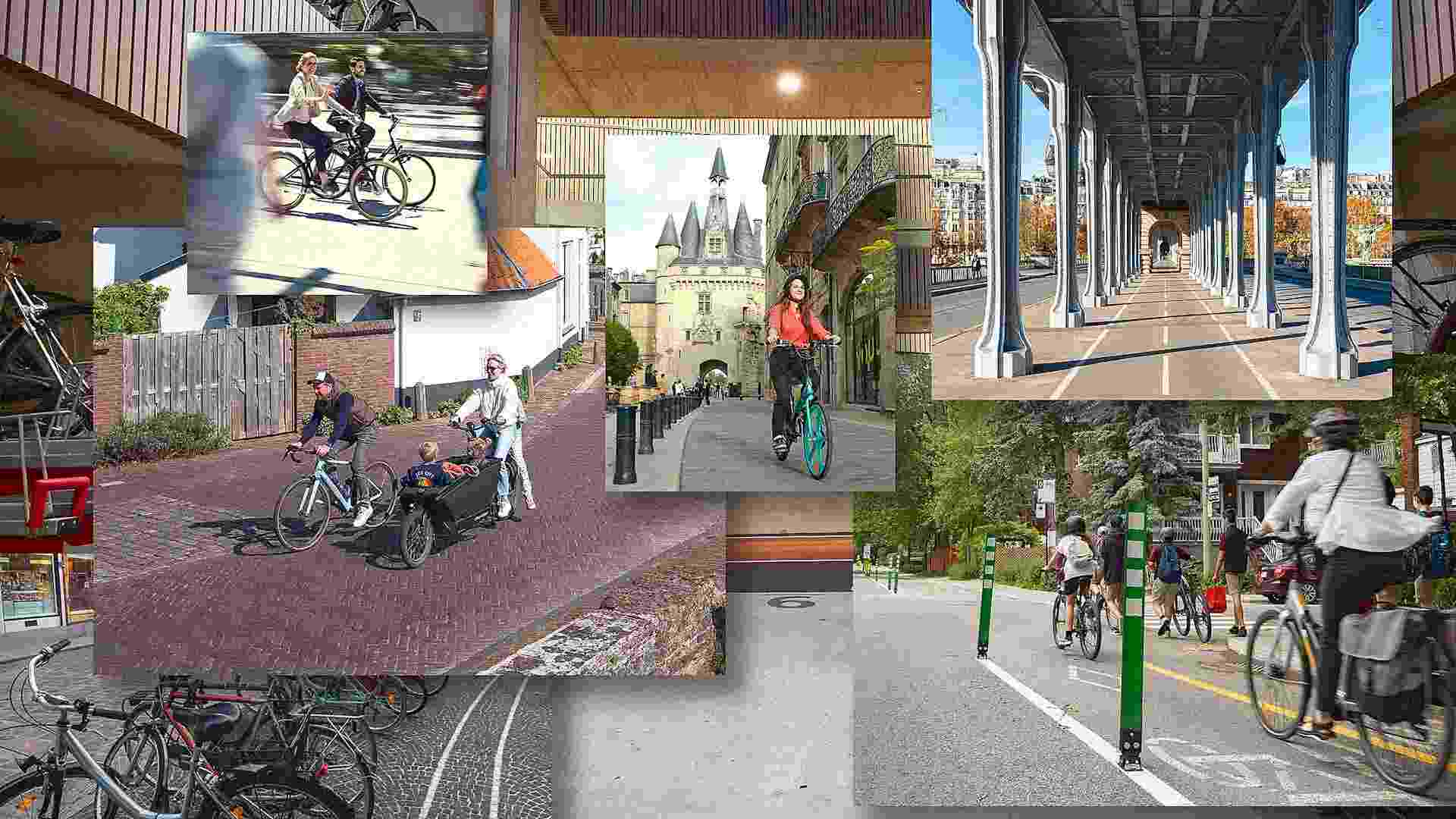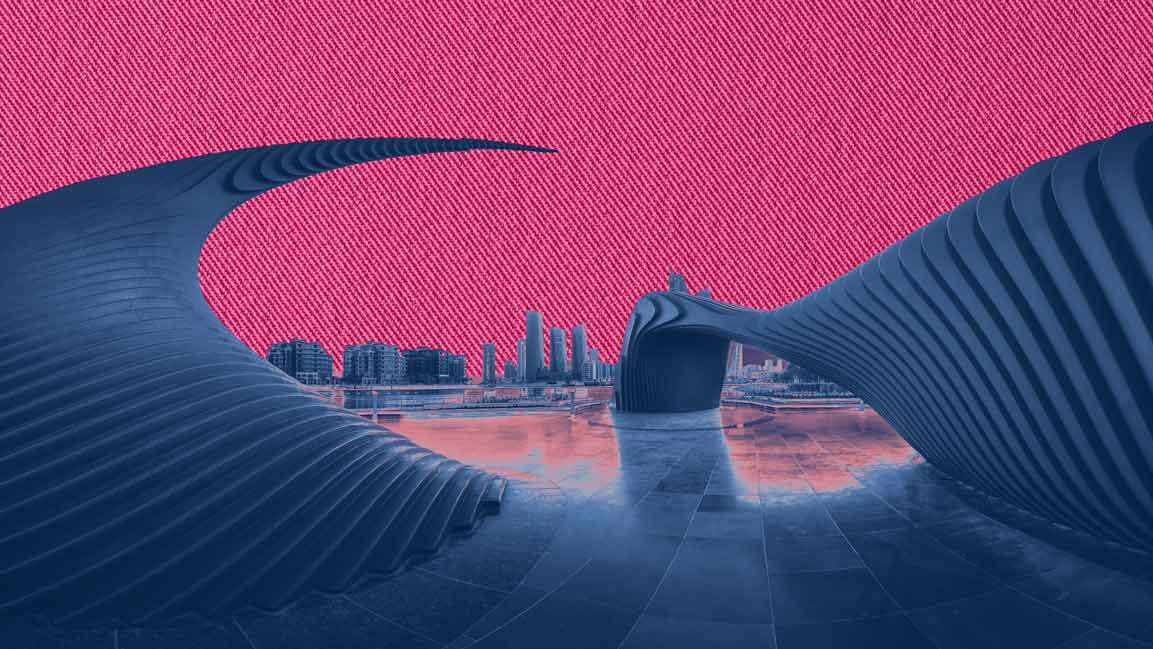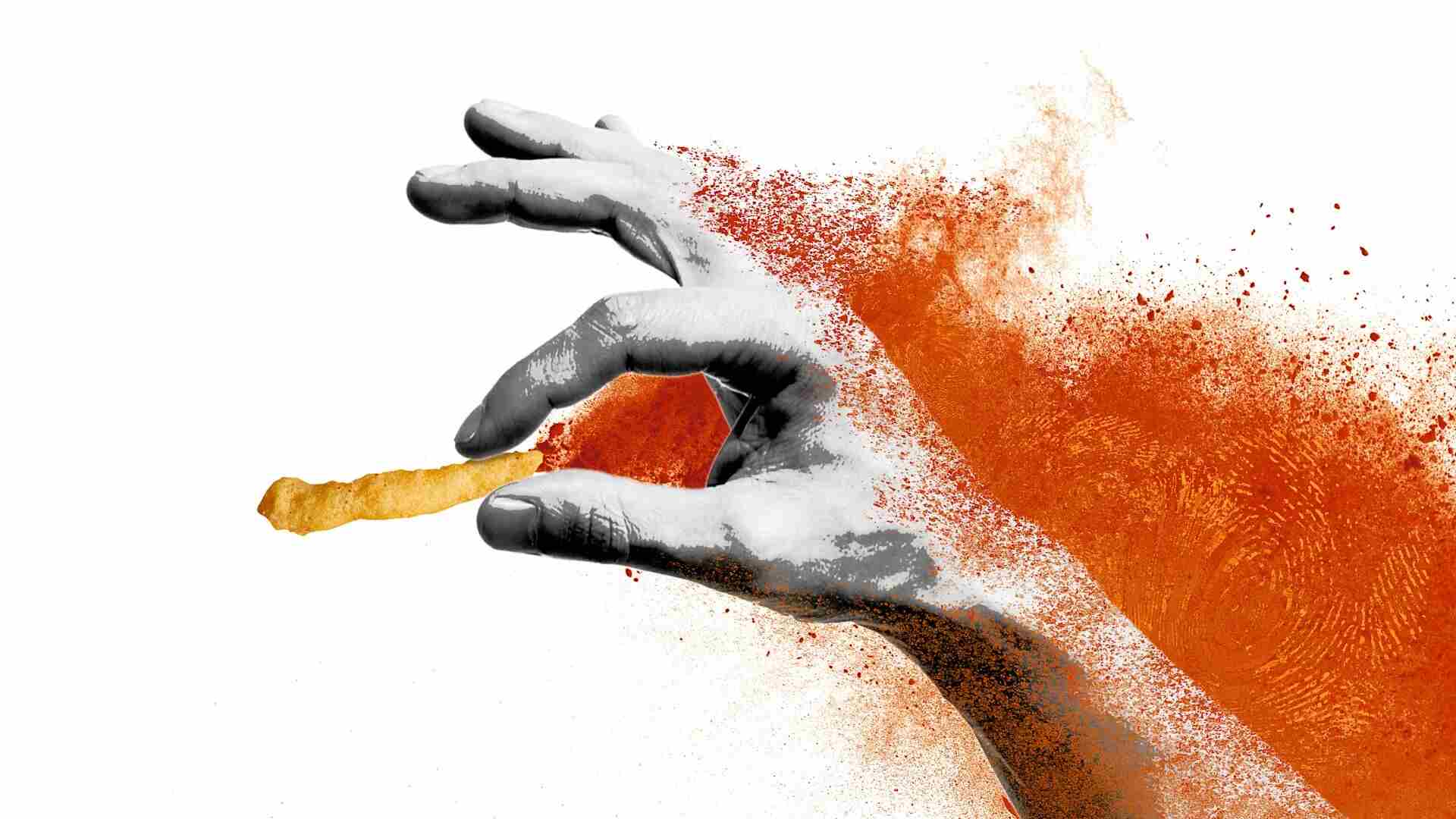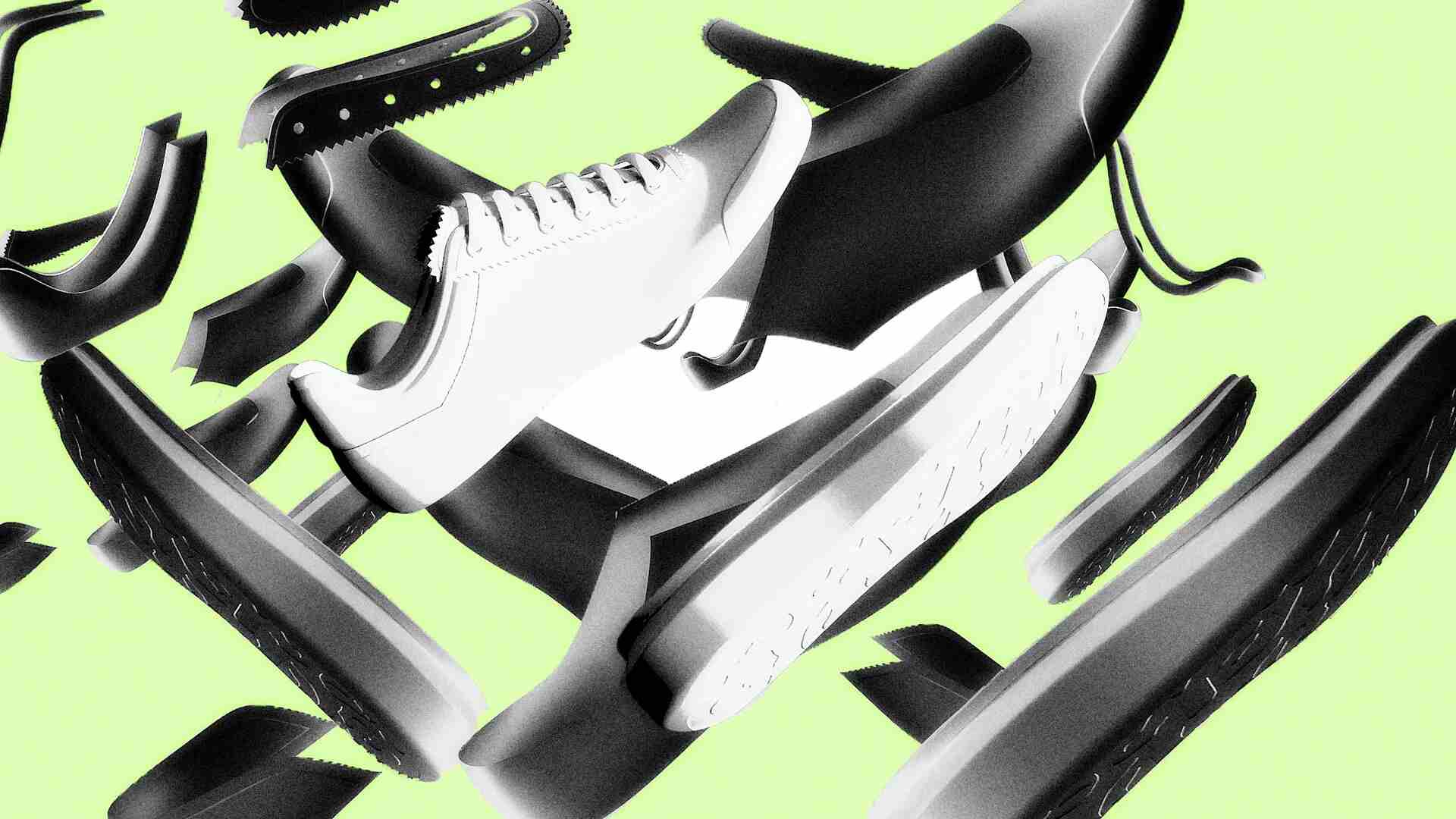- | 9:00 am
Why brands in the Middle East need to pair design with accessibility
Pushing the envelope in accessible design must go beyond the traditional contours of reach and commercial viability
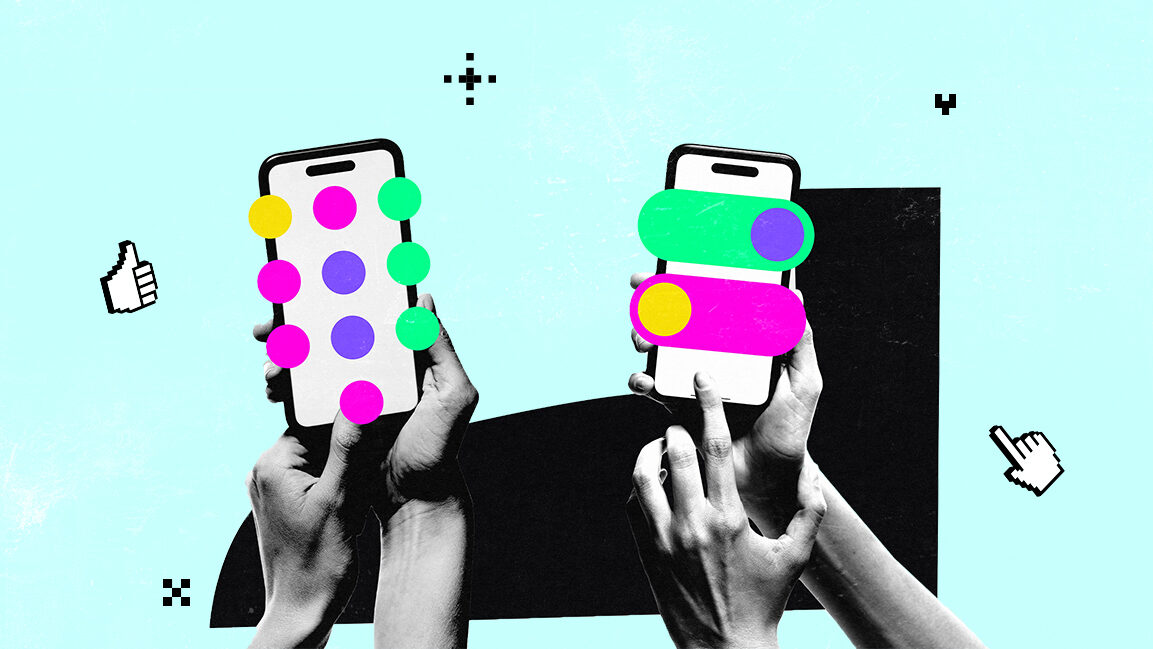
In today’s tech-driven world, accessibility is experiencing a renaissance. Creating spaces and services accessible to everyone—regardless of ability, age, or socioeconomic background—has become critical, and it makes great business sense.
DEFINING ACCESSIBILITY
Accessibility goes beyond ensuring a building is physically accessible to people with mobility challenges. In architectural projects, accessibility encompasses a broader concept of inclusion. “Accessible design could signify several things,” says Aziza Chaouni, Principal at ACP. “It could mean access to affordable architectural services, to affordable housing, or to buildings and spaces that are designed to be inclusive—accessible to a wide range of the public: people with different mobility requirements, different income levels, different ages, etc.”
One of the first steps in ensuring accessibility is understanding the unique needs of those who use a space. Chaouni prioritizes collaboration early in the design process, starting with design charrettes. “I always start my design process by initiating collaborative design workshops where I have the opportunity to hear the needs and challenges of the future users of my buildings or public spaces. These workshops help me grasp who the stakeholders of my design are and what their specific requirements might be.”
Echoing a similar philosophy, Meike Papenfuss, Co-founder of Budde, says, “We see accessibility as part of creating thoughtful, long-lasting furniture designs. It is considered in the design process alongside general functionality, user interaction, intriguing aesthetics, materiality, and sustainability. We aim that our design is accessible to a broad audience, yet it is targeted and tailored to a specific—sometimes niche—audience.”
WHAT NOT TO DO WHEN DESIGNING FOR ACCESSIBILITY
In physical product design, Samar Maakaroun, Partner at Pentagram, points to some of the most common mistakes companies make when designing for accessibility. “The most common design mistakes apply here—not consulting the right people, not testing with the right audience, and designing in a vacuum without considering real-world context,” she says. “Good design is always a balance of function and beauty, and both deserve equal attention. Within functionality, inclusivity and sustainability are fundamental.”
Maakaroun adds that Pentagram prioritizes a collaborative strategic approach. “We create hypotheses and validate them through user testing. This process ensures that we do not design based on our assumptions but include a multitude of voices, iterating, and prototyping.”
She highlights how user testing was key in designing Yoto, a product aimed at children. “When designing for children, we carefully considered their dexterity and the brief’s ambition to make this an entertaining device that reduces screen time. This led to the pixelated display.”
BALANCING ACCESSIBILITY AND DESIGN UNIQUENESS
A common misconception is that prioritizing accessibility might lead to “dumbing down” or sacrificing the uniqueness of a brand’s design. However, Maakaroun says that this is not the case. “Good brand identity design is memorable, ownable, and timeless.”
“Complexity, on the other hand, is often forgettable—our minds are naturally drawn to what is simple, clear, and clever.”
When designing for accessibility, Maakaroun emphasizes that clarity is key. “When we strive for accessibility in design, we strive for clarity. As the saying goes, less is more—but achieving true clarity is far more challenging than adding layers of complexity. It requires stripping away the unnecessary while preserving the essence and meaning.”
She adds that this process doesn’t dilute design; it enhances it. “From my perspective, accessibility doesn’t dilute good design; it amplifies it. By increasing clarity, we strengthen memorability—making a brand’s identity not just seen but truly understood and remembered.”
INTEGRATING ACCESSIBILITY
While the Middle East enforces accessibility in the construction of public buildings—such as elevators, ramps, and accessible bathrooms—Chaouni highlights the gap in outdoor public spaces, which are less regulated than buildings.
“For instance, a simple curb can prevent people with reduced mobility from accessing certain spaces and amenities. Better clarity and enforcement of accessibility codes for outdoor and urban spaces are needed in the Middle East.”
Budde, too, emphasizes accessibility in the design of their furniture pieces, ensuring that they are functional and beneficial for a wide range of users. “We aim for intuitive designs that are easy to interact with,” Papenfuss says. “Proportions, materials, and tactile qualities are carefully considered so that our pieces feel natural and comfortable for many people, without compromising visual or functional impact.”
When we prioritize functionality without sacrificing aesthetic or material integrity, whether it’s a building or a piece of furniture, accessibility becomes a seamless part of the design narrative, blending form with function in ways that benefit all users.
CRAFTING EXPERIENCES WITH ACCESSIBILITY IN MIND
Boris Lvovsky’s work at DA BUREAU takes a unique approach to architecture, blending elements of nature and technology to create immersive and visually striking environments.
A coveted example of his work is MYATA Platinum Lounge, in Dubai’s bustling City Walk. “In this area [City Walk], there are very strong [construction] restrictions about how you can divide spaces like terraces from the main [dining] area,” Lvovsky explains. “The terraces are simple, and they’re not supposed to be high or complicated. But our team was given permission to build a little city around the restaurant.”
This design evolved into something much more immersive, focused on creating a unique experience. “We thought about the sun, the desert, and how people hide from the sun in such places,” Lvovsky shares. “The idea was to make a place where you could escape from the heat, just like a canyon or cave. The space itself was meant to feel natural, using elements like 3D-printed walls and natural sand to create an organic vibe that blends with the modern aesthetic of the city.”
Lvovsky also explains the innovative use of 3D printing to create nearly 5,000 unique elements for the restaurant’s walls. “The idea was to combine the natural and the industrial in a way that doesn’t feel fake but provides a natural environment. The printed elements, all made with real sand from the beach, create a feeling of being far away from the city.”
This immersive approach to design also addresses the challenge of creating a space that feels both private and open, emphasizing the importance of lighting and curved spaces. “Even as you walk around this space, you feel like you’re in a completely different world. The lighting makes the curves feel natural, and you can see it in the walls and on every table,” Lvovsky explains. “The walls are also covered in sand from the desert, giving them a natural texture that you can touch and feel.”
Lvovsky’s perspective on accessibility in design is integral to creating truly immersive and inclusive spaces. “We want people to forget where they are and bring them to another world,” he says. “For example, someone has the illusion that they’re on Star Trek, someone feels like they’re in the desert, someone is thinking about the curves. But none of them are thinking about the concrete jungle.”
THE CHALLENGES AND TRIUMPH OF IMMERSIVE DESIGN
Designing MYATA was not without its challenges, particularly in the construction phase. “When we started building, the biggest issue was that no one could figure out how to place the walls correctly. There were no angles, so everything had to be measured precisely. We couldn’t just build the walls and assume they would fit perfectly. It took about a month just to get them in place,” Lvovsky reflects.
However, despite the persistent construction upheavals, the result is a one-of-a-kind space that blends nature and modern design amidst Dubai’s steel cityscapes. “When you spend time here [MYATA Platinum Lounge], you forget you’re in Dubai,” Lvovsky says. “It’s an escape—an experience where nature and design come together.”
This design focused on creating a unique experience. “We thought about the sun, the desert, and how people hide from the sun in such places,” Lvovsky says. “The idea was to make a place to escape from the heat, like a canyon or cave. The space itself was meant to feel natural, using elements like 3D-printed walls and natural sand to create an organic vibe that blends with the modern aesthetic of the city.”
Lvovsky believes in the deeper purpose of design, stating, “Everything should be about the feelings, not about selling more or earning more. We want to create spaces where people can feel more, be happier, and just have a chance to slow down. It’s not about business; it’s about making life easier and more joyful.”
TOOLS FOR INCLUSIVE DESIGN
Chaouni integrates accessibility into her work through various collaborative tools, ensuring that all voices are heard during the design process. These tools allow her to gather input from various stakeholders—whether they’re future space users, local communities, or accessibility experts.
Incorporating accessibility into urban planning isn’t just about physical design; it’s about understanding the socioeconomic contexts in which these spaces will operate. “I use collaborative design tools at different stages of my projects to understand the needs of all stakeholders,” she says.
Meanwhile, Budde’s approach to design ensures that accessibility is deeply embedded in each product’s creation. Papenfuss emphasizes that “simplicity and clarity in design often support a wide range of users,” ensuring that every piece remains intuitive and easy to use while maintaining its unique character.
Maakaroun highlights the importance of early stage testing and iteration to ensure accessibility is prioritized across all design aspects. “The MVP stage is key to testing and observing where users pause or take a little while longer than needed,” she explains. This identifies the moments in the experience where clarity is not fully resolved, and we solve for this by looking at the design elements, the use of words, color, or motion.”
As cities continue to evolve and product ranges become increasingly curated for evolving socioeconomic patterns, architects and designers are proving that accessibility is not just a requirement but a fundamental element of good design that stands the test of time and evolving customer trends.
Delve deeper into human-centered and purpose-driven design, how AI is revolutionizing product design, designing the future of tourism, and more at the Innovation By Design Summit, partnered with Msheireb Properties, in Doha, Qatar, on May 21. Attendance at the Innovation by Design Summit is by invitation only. Delegates can register here to receive their exclusive invite.











